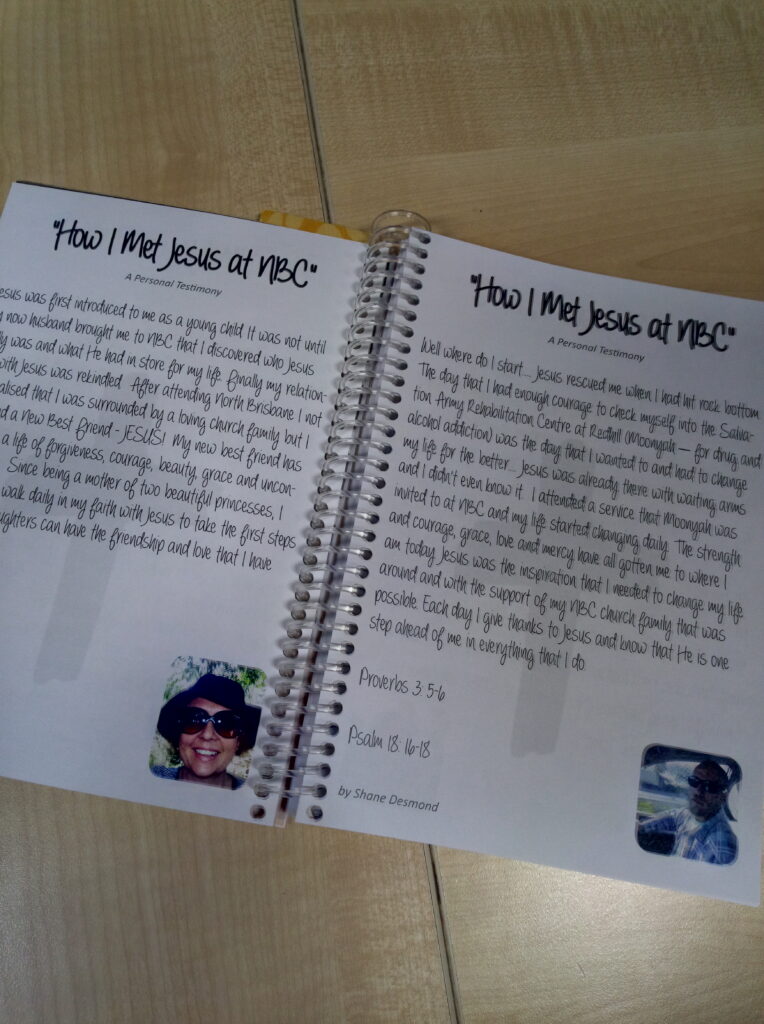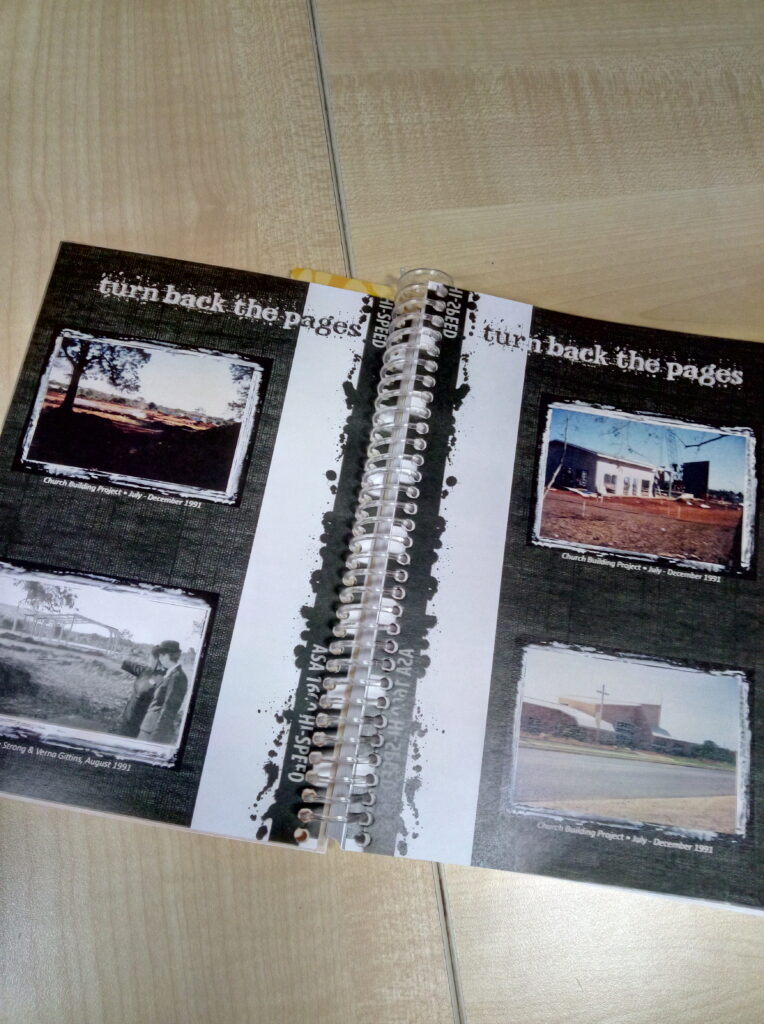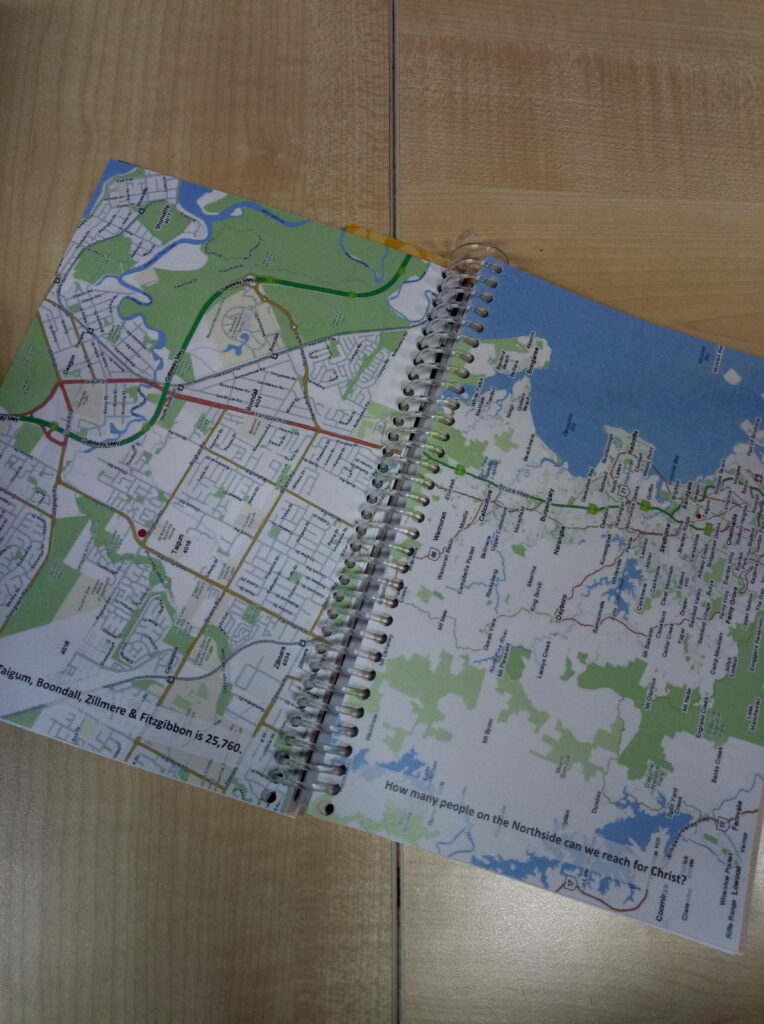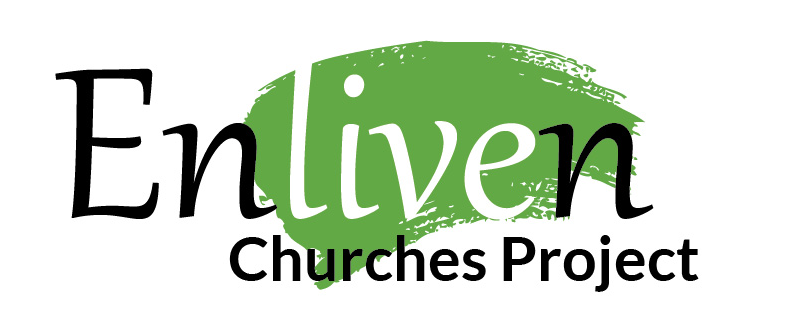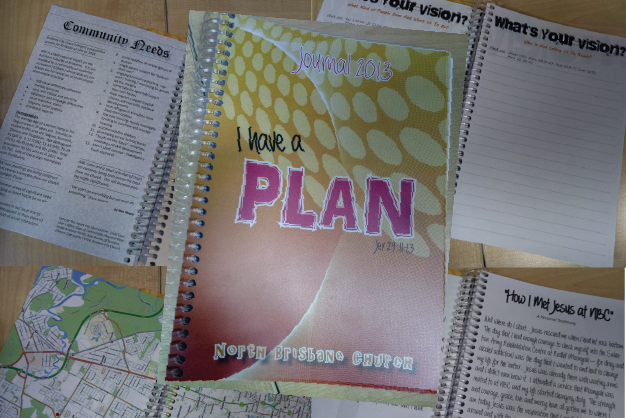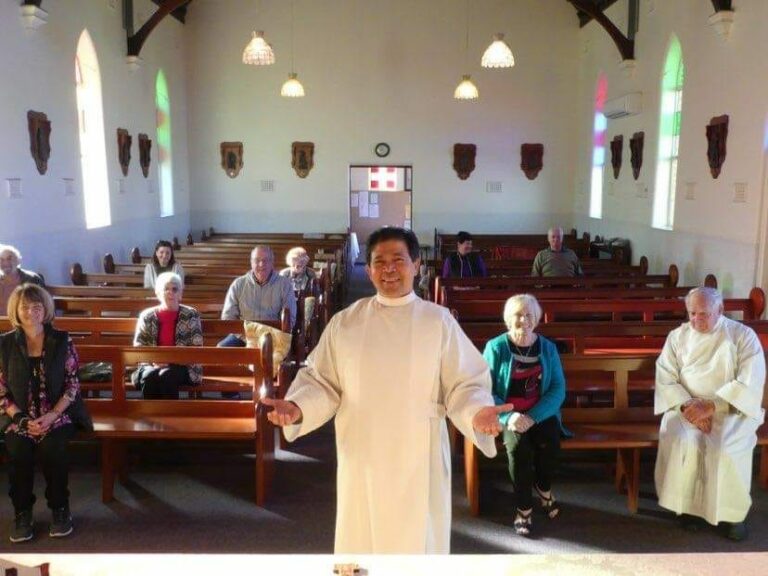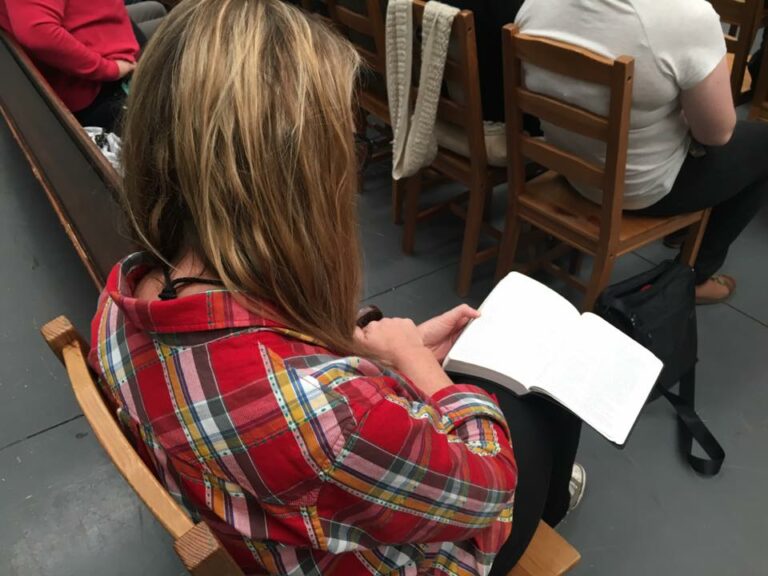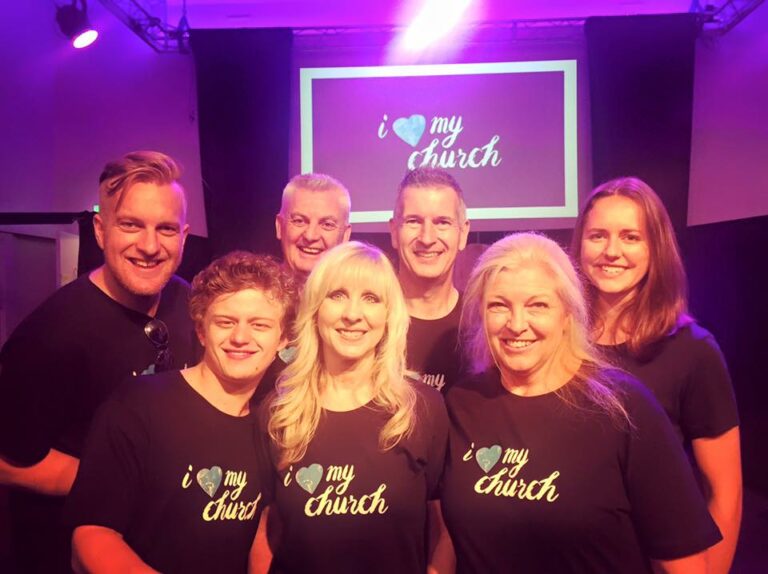Here’s an excerpt from our interview with North Brisbane Salvos, whose leaders Donna and Craig Todd and their team, build their health and vitality through initiatives such as this.
Read the conversation below.
NCLS: Before you began as leaders of North Brisbane Salvos, the previous leadership were here for 12 months as a time of transition. Then you and Craig arrived after that. Can you tell me about the process of discerning a vision and way forward?
DT: That’s right, yes. We weren’t sure what we were coming into and the church was a lot smaller. The first year was very much listening to people, getting a bit of a feel for what’s been going on. Settling ourselves into the area and all that sort of thing. I think people were just hopeful, looking for a future for the church, really, wanting to feel excited. We introduced the “I Have A Plan” process.
NCLS: Would you like to describe the “I Have A Plan” series from your point of view?
DT: It was in our first year that we said, right, in the next year we need to set aside six months to focus on where God wants to lead us. So, we did that verse in Jeremiah, I have a plan, I know the plans I have for you declares the Lord. We thought God’s got a plan for this place, what is it?
So, we had prayer days, we had strategic planning, we had groups, we did a lot of social events to try and bring people together. Everyone had a journal. Over some time we completed our journals together and discerned a vision for our church. That process is where ‘hope, freedom and transformation’ came from. It overwhelmingly came through that God wanted this to be a place of hope, freedom and transformation through Jesus. So, that became the vision.
The strategy to achieve the vision is Connect4. We have it up on the wall.
Connect4 is a bit of a discipleship, how do we want people in the church to grow? We want them to connect in four ways. To Celebrate is the first of the four. Everyone in the church needs to be celebrating together. So, we ask people to come to church regularly for celebration of what God’s doing in their life, what God’s doing in other people. Cultivating is the second, it’s discipleship, growing in their relationship with God through life groups and prayer etc.
Connecting with each other in the church and connecting with our community is the third strategy. Then the last one is Contributing, finding a place to serve in the church and giving, etc. When people are doing all four they will find themselves continuing to be transformed, really.
That all came out of our ‘I Have A Plan’ visioning process, so that’s really set the DNA. That was 2013 and they’ve been on the wall since then. We thought we need to get it up visually where people can see it, we would refer to it most weeks in church.
NCLS: Your approach of spending that first year listening, connecting and getting a sense of the church group, was that intentional due to the church’s previous change in leadership and circumstance that had been quite significant for them? Or would that be your approach regardless of where you went?
DT: I think it probably would have been our approach regardless, but we were probably extra careful. When we first came a lot of people were asking, what’s your vision? And we were saying, we don’t know, we just got here, we want to get to know people, get to see the place and provide a space. That was in 2013 that, ‘I Have A Plan’ provided a way to do this collaboratively, so it’s not just our vision, it’s the churches vision. This is what they want to see here that will outlast us.
NCLS: So, your process of envisioning together was over six months or more?
DT: Yes.
NCLS: And then out of that process came your three, would you call them your core values? Hope, freedom, transformation?
DT: Our vision, really of what we want to see. Everyone that comes in this place, anyone that’s impacted from this church can find hope, can find freedom, can have their life transformed by Jesus.
NCLS: How do you think you’re seeing the ownership of that? It does sound like a collaborative way of developing vision, rather than one person projecting a vision. So how do you see the ownership or sense the ownership amongst the church?
DT: I think most people would know it off by heart. From time to time we have people share their hope, freedom and transformation story. So, it’s the language that they use or often in people’s prayers, they’ll pray that as well.
We keep referring to it all the time or when we see something happen, we say this is what our church is about. It’s going back to that vision all the time, that this would be a place where people experience this.

